Be Your Own Brand Spokesperson – Why?
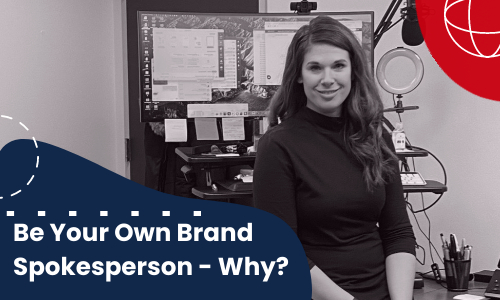
While branding your company most people focus on things like logos, colors, message. Which is all super important! However, in this visual digital world we are living, putting a face to the name (or brand, in this case) is very valuable. For example, pictures with faces in them are on average 38% more likely to get likes and 32% more likely to receive comments.
Here’s some specific reasons to use your face in branding and ways to do so!
Why Showing Your Face Helps Your Business
Here are 4 reasons!

- Using your face helps brand recognition
There’s a reason why brands use spokespeople. It is often easier for people to remember other people than it is to remember brands or companies. - It humanizes your brand
People like to work with people, not “soulless corporations.” Connecting your face to your company makes it easier for customers to relate to you and build an emotional connection. This is one reason why it’s helpful to use your face. Chances are that you and your company share the same values and goals. Having that message come from you and the company reinforces those ideals and helps other care about them too!
Another aspect of humanizing your brand is the trust that comes with it. It’s much easier to trust a person than a company; you know who they are and what they stand for. Linking you to your brand pulls that trust over.
- It creates engagement
Knowing who they are engaging with makes it easier for customer to connect with you on social media. Also, our brains are literally wired to find faces so putting your face front and center will help draw people to your content.
- It helps shape your community
This may sound confusing but linking your face and your brand can help create a more accurate and diverse business community. We all play a part in shaping the communities we are a part of. All of us have a story or journey to share. Highlighting your story along with your company story creates diversity. And you never know who your story will touch!
How to put your face front and center
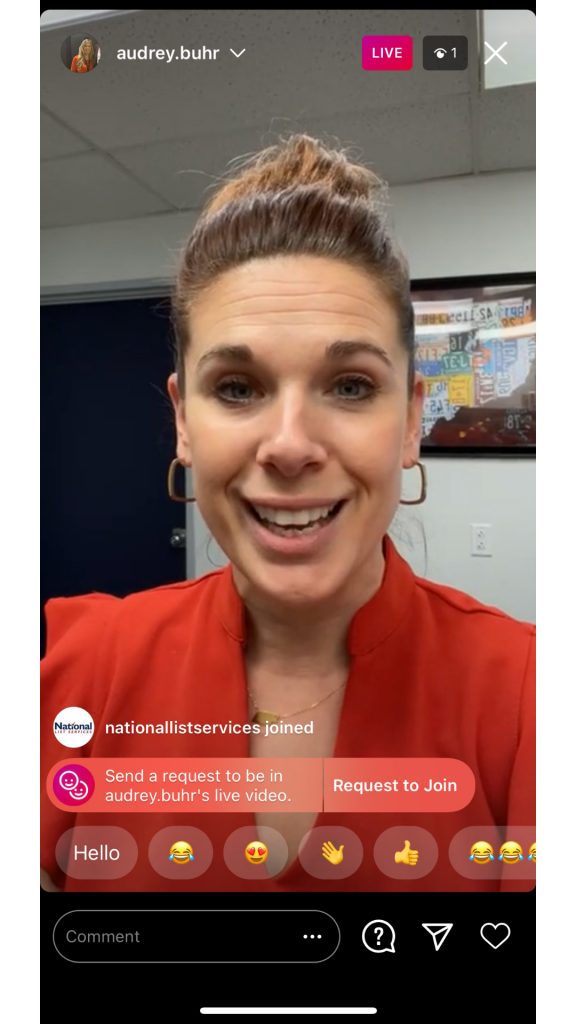
Here’s some tips to get started
Show behind the scenes
Pull back the curtain on your day to day. Everyone loves behind the scenes. Showing what you are doing is a good way to ease into using your face for marketing. It’s can be simple to do, just bring your audience along to your tasks! It’s a good way for people to get to know you and all the things you. It also can help your customers appreciate all you do!
Use stories!
Stories is a great place to show all those behind-the-scenes shots. It’s also a great place to speak to the camera about your company and your mission. Stories get a lot of engagement but disappear after 24 hours so there’s a lot less pressure! To make it easier on yourself, prerecord your videos. Make “eye contact” with the camera, don’t look at your own face. Have a general idea of what you want to say, a bullet point list helps! And don’t worry about any word whiskers. The point of this is to help people get to know you and show authenticity. It doesn’t have to be perfect!
Go Live!
You might be surprised by how much more engagement live videos get! Unlike prerecorded videos, live streams make viewers feel like they are a part of the conversation. The more authentic interactions create more engagement. For example, on average, live content generates 10x more the comments that prerecorded videos. And people tend to watch live content 10-20x longer.
We want to see your face! How do you connect your personal brand to your company brand?
The Best Social Media Platform For You
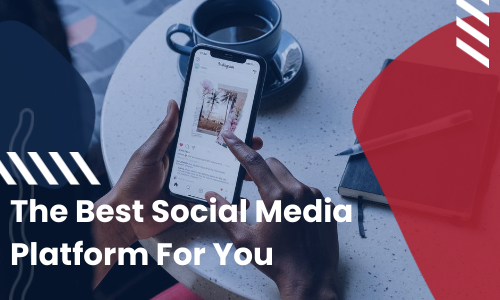
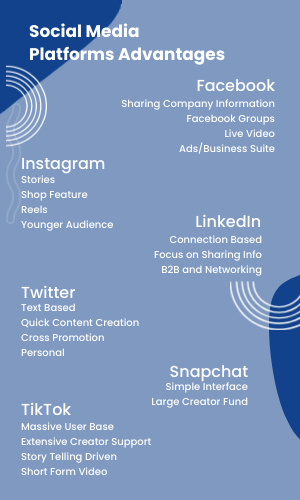
There are so. many. social media platforms available. Each have their own flavor and specialty. It can be overwhelming to figure what platforms are the best fit for you and your company.
Ideally, the answer to what platform should you use is: all of them! There are many tools and social schedulers available to make it easier to post to many accounts and platforms at once. However, even if you are able to consistently post to a wide variety of platforms, it is helpful to understand what each platform excels at. And, what each platform needs.
Let’s break it down:
Facebook has roughly 2.8 billion monthly users, and because of that, Facebook is in a lot of ways a necessary evil. Since Facebook owns some of the other platforms, having a Facebook business account is a necessity. From a content standpoint, Facebook really excels at four things.

- Sharing company information. Facebook (and Google my Business) are often the first place updated about hour changes, services, locations, etc.
- Facebook groups. Facebooks groups are an excellent way to build micro communities online. For example, we are a part of Facebook groups for specific SaaS products we use, different communities like the 10X community, as well as groups to network with like minded businesses. Because these groups are often moderated, they can provide a safe place.
- Live video. Facebooks live video and event scheduling feature is one of the most robust available. Because of Facebooks integrations with Instagram, it’s easy to stream to two places at once. Facebook catalogs video internally, meaning that Facebook video doesn’t help general search engine SEO, which is something to keep in mind.
- Ads. Facebook has its own ad platform that only works with their family of applications.
Instagram constantly adds features, so even though it started out as a purely visual platform, its effective for all businesses. Here’s some things to keep in mind about Instagram:
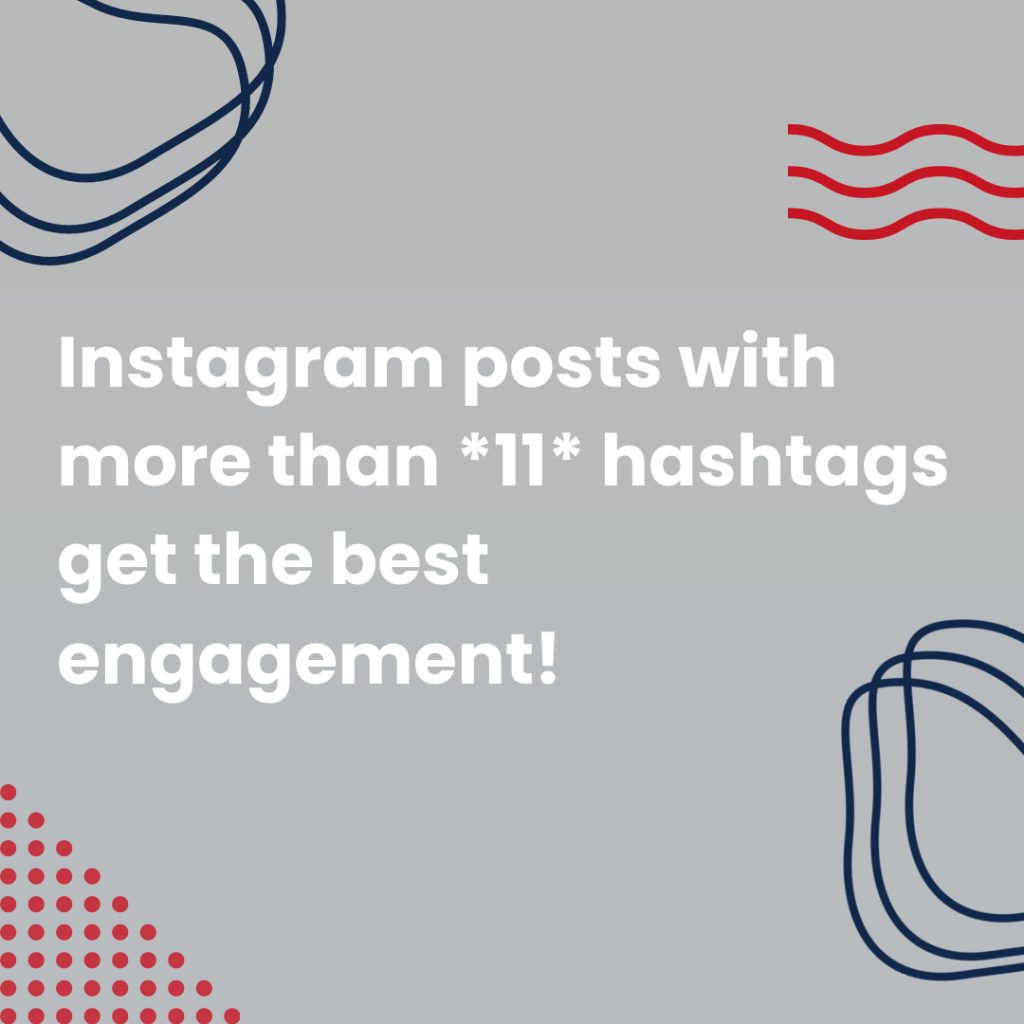
- Instagram stories have high engagement rates. They are great for creating authentic interactions with your followers. And they can be shared directly over to Facebook stories.
- Instagram shop feature is very comprehensive and easy to use. If you are a business that sells physical products, having an Instagram shop set up is very beneficial.
- Instagram Reels take parts of TikTok and YouTube and combine them together. Unlike, TikTok they don’t have a 1-minute time limit so you can say a lot more. Live video scan be converted directly to Reels.
- Instagram’s user base is generally younger than Facebook. More than 50% of Instagram users are between 18-35, while more than 60% of Facebook’s user are over 35.
LinkedIn has started to shift away from a purely networking platform to an information sharing platform as well. They recently added a live video feature and seem to be working to towards taking some of Facebook’s power away as the B2B social.
LinkedIn posts that are not self-promotion work well. It’s a great place to pull over blog information and transcriptions/scripts from live videos.
LinkedIn is all about connections, and interactions that are mutually beneficial. If you can find the right audience or community, chances are you will get a lot of engagement and connections.
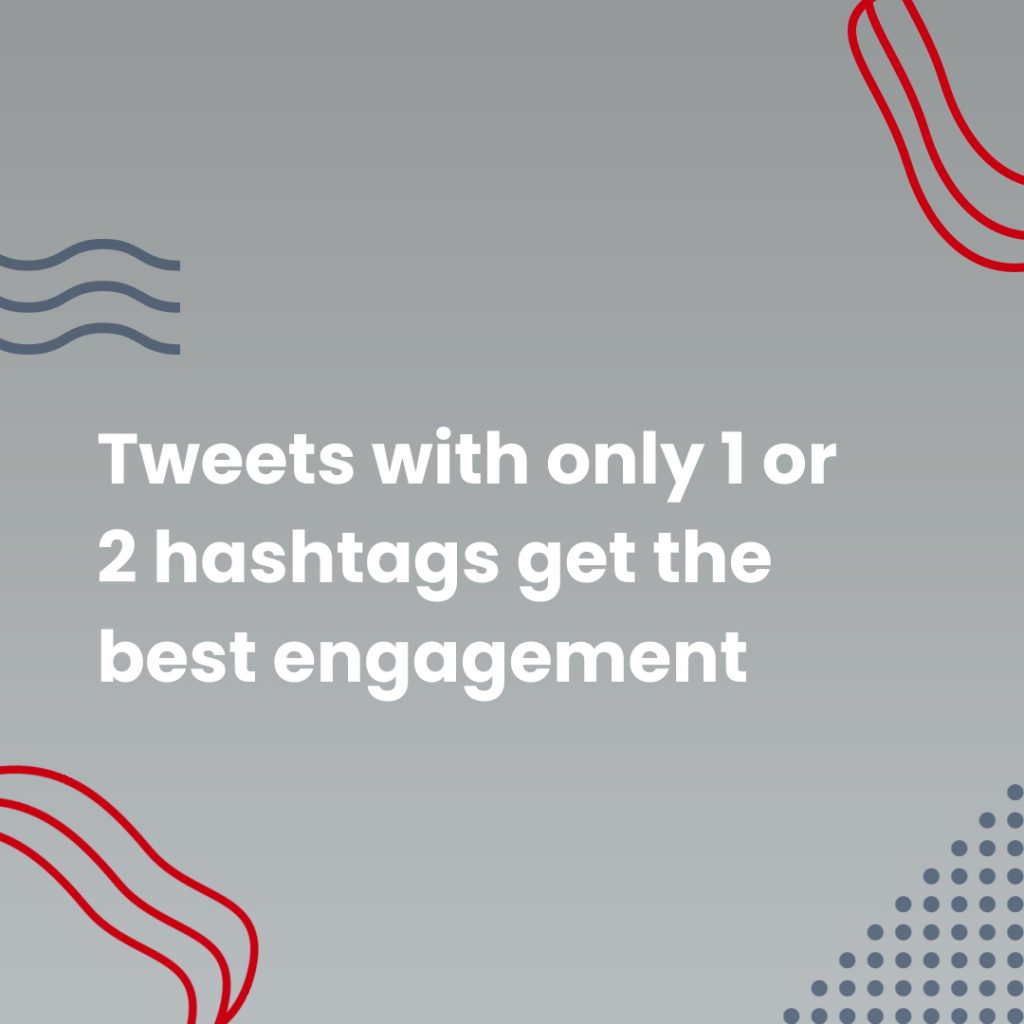
Twitter is easy to use and easy to generate content for. The snappy text-based format pushes engagement. Twitter is great for cross promotion across platforms. Screenshots of Tweets work well on other platforms. And Twitter is great for sharing links to your own content as well as highlighting other things you care about.
Twitter is also great for building personal relationships with followers. The stream of consciousness format can feel like a personal one-on-one conversation.
Snapchat
You may be surprised that Snapchat is included on this list. Snapchat’s audience skews very young which often eliminates it from company’s marketing plans. The platforms interface also makes it difficult to brand yourself and to find new followers. (Unlike most other platforms, Snapchat’s “explore” page doesn’t usually promote accounts to follow.)
However, Snapchat recently launched a creator fund. They have made extremely easy to get money as a creator on the platform. They seem to have learned from past mistakes and are pushing creators to use the app. (Many people reported making 6 figures in their first month!)
TikTok
TikTok is not just for the kids. It has a massive user pool, extensive creator funding, and a simple structure. It’s relatively simple to leverage their algorithms to your advantage. And since it’s a few years old at this point, there are established content formats and trends you can use.
It’s short form (60 seconds max) video format is great for storytelling and building personal relationships.
Many companies use it as an almost “behind the scenes” look at their day-to-day work. That type of content is great for engagement and creating brand loyalty.
TikTok is highlighting your personality or company culture.
What social media platforms do you view as essential?
Want help with getting your social media marketing rolling? Let us know!
Should You Repurpose Content?

So, should you repurpose content? Yes! Recycling or repurposing content has a lot more advantages than just saving time. (Although that is very helpful. As the old adage says… Time is Money! 💰 )
What does it mean to repurpose or recycle content? There are a couple ways to do it. One way is to repost or reshare the content as is. A lot of companies do this with TBTs or just highlighting past content. Another way to repurpose content is to take old content and use it as an outline for new content.
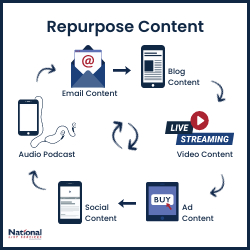
For example, once a Live Video stream is over, the audio can be published as a podcast on platforms like Spotify or Apple Music. Video clips of highlights can be repurposed into social content or ads. As well as pull quotes. The transcript can be turned into a blog article.
(This article is based off an outline for a live video, that was in turn, based off another blog article, that was itself based off one of Live Roundtables. Content can generate other content.)
What’s Your Message?
If you have been making content for a while, you probably have a good idea of what your message is. So, no matter what you do, some part of everything you create will be a reiteration of something you’ve said better before. That’s a good thing! Constantly adding drastically different messaging can create a confusing overall brand message. Your brand pillars and values aren’t going to change so your general message probably won’t either.
For example, the foundation for everything we do is using accurate data to create effective marketing. All the content we create is in some way or another connected to that. Therefore, it makes sense that we reiterate ideas and messages. That doesn’t mean that we don’t have anything new to say because there are always new ways of approaching information. The world around us, as well as technology and industry standards are always changing. There are always new things that can be added. Adding information keeps your messages up to date. Up-to-date content is more accurate and provides for value to your followers.
Your Audience Grows and Changes
Another reason to recycle content is that it gives more people an opportunity to see it. And even if someone has been following you for a long time there’s a good chance that they didn’t see the content the first time around. Social media platforms notoriously fail to consistently promote content. And we are all busy, it’s easy to miss something. And your followers might appreciate or need a piece of content now, more than they did when it was first published. Repurposing the information is a way to help your customers get the information they need.
Know What Your Customers Need
The more times goes on, the more you know about your audience’s interests. We are all constantly learning about our followers and audience. The more time goes on the more First Party Data is available. Knowing more about who your customers are can help you to understand what content they actually need. You can then reframe the information that you know would more benefit them.
Recycling Content Boosts SEO
One added benefit of repurposing content is that it boosts SEO. Search engines like to see a lot of content that revolves around a single topic. It shows a consistent brand message and purpose. A consistent brand message can indicate brand value.
What ways do you repurpose content?
Let’s Talk First Party Data
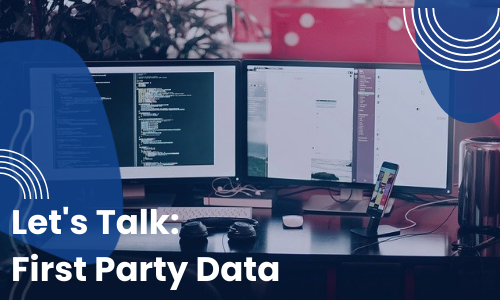
We talk about First Party Data a lot. What it is?
First party data is data that your company has collected directly from your audience which is made up of customers, site visitors, and social media followers. “First party” refers to the party that collected the data firsthand.
First Party Data is collected from the people you have the most to learn from: your current customers! That makes the data as reliable as possible.
How can you collect first party data?
You can attain first party data from your CRM, surveys and subscription-based emails or products. This is also where Google and Social Media Analytics are important.
Google Analytics has a massive list of capabilities and ways to track website data. Using tracking code, Analytics collects information about the way the website was used.
Such as:
- Time of visit
- Pages viewed
- The time spent on each page
- What browser and OS are being used
- Referring site details
- Network location and IP address.
This information can help you see where (and how) traffic is following to and through your website. Google Analytics also has a lot of other tools such as URL Builder that make it easier to track customer data.
Social media analytics are helpful for flushing out the demographics are your most engaged customers. What can you learn about customer from social media? Here’s are some things you can learn:
- What platforms your customers prefer to engage on
- What content do your customers enjoy most
- What type of campaign or advertising works for them?
- Do they have any other hobbies or interests?
- More specific customer demographics, such as age or gender
It’s also super important to connect as many touch points to your customers as possible. The more ways you have to interact with the customer the more likely they are to become a repeat loyal customer. Think about the companies you follow on social media. Have you bought from them? More than once? Are you loyal to them? Do you agree with their mission and goals? Following companies on social media feels like a personal one-on-one connection and generates loyalty.
Organization is Key
The next step of having/using first party data is organization. Having important information about your customers and leads doesn’t do much good if you can’t find it or if it’s connected properly. No matter what size your business is, having a CRM is key. The days of using a Rolodex are long gone. Now there a lot more channels of data to connect to a contact.
For example, in our CRM we keep track of more than just name, company, phone, and email. Our CRM keeps track of what social media we are connected on and any times the contact has engaged with us. We have it set up so that the CRM assigns a number value to actions a contact or lead can take, such as opening emails, clicking links, liking a post, and any orders.
How does all that information benefit us?
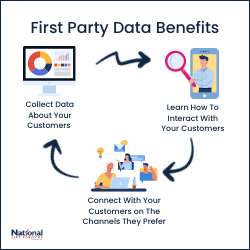
There are many ways! For one, we can use the information we have to target or retarget contacts, leads, and prospects. We can try different channels and types of touches until we find which one they respond best to. Having more than one channel connected to each contact makes multichannel campaigns possible.
The other advantage to First Party Data is that you can collect data and analytics about your customers from the channels you are using to constantly to learn more about your demographics and your customer’s buying habits. The more channels you use the easier it will be to learn about your customer. Then the more customers you have the more information you can learn about your potential target audience. You can use a Look-A-Like to build a list of potentials you can target based on information on your current customers.
What ways do use First Party Data?
Here’s how First Party Data might the key to the future cookie-less world.
Data & The Instagram Algorithm
The Instagram algorithm is the bane of some people’s existence. And yes, it is confusing since they moved from a chronological feed. It’s important to know how to best leverage the Instagram algorithm to make sure your content is being seen!

According to Instagram, they decide to show your content based on 6 factors:
#1: Interest
#2: Relationship
#3: Timeliness
#4: Frequency
#5: Following
#6: Usage
The first three are somewhat self-explanatory. Instagram shows you things based on what you’ve liked in the past. They highlight posts from people they’ve decided are close to you: people whose content you most engage with, the people who tag you, the people you DM etc. Instagram also cares about when you post. Keeping track of your analytics can give you a good idea about when the best times to post for you are.

#4 Frequency isn’t about how often you post but instead about how often interact with the app. The more often you check your Instagram feed the more likely your feed will be chronological because they are always trying to show you the newest content available. This is helpful to understand what type of Instagram users your followers are. If they don’t check the app that often, then it will be harder to have your posts seen. Building up the other 5 components to the algorithm will be all the more important.
#5 Following
Instagram assigns value to follower counts in a couple different ways. First, is simple: the more followers you have the more likely your posts will be highlighted in your follower’s feeds. However, they also look at your follower’s engagement levels. If you have a lot of ghost followers that don’t interact with you, then they could actually be hurting you. Another thing to consider, the more people your followers follow the more competition for space in their feed. Do your followers follow a lot of people? Understanding that can help you decide if you need to adjust where you focus your efforts.

#6 Usage
This is how Instagram qualifies the amount of time spent on the app. The more time spent on the app, the deeper into its catalogs they have to pull from to show content. You can use this to your advantage by using hashtags or developing content that matches with the interests of Instagram’s heavy users.
What ways do you try to leverage the Instagram algorithm to work for you?
Social Media Trends – 2021
Every year, as technology and culture change, social media adapts. Here’s three things that will take the forefront on social media in 2021!
Stories take over….
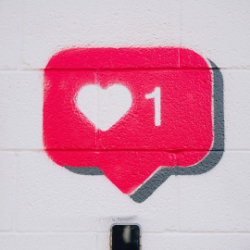
In the past couple years, one platform after another has adapted a “stories” feature. LinkedIn, Spotify, and Twitter all added stories features in 2020. (Pinterest added one the day this article came out!) Stories allow consumers to see bite sized pieces of content in a way that feels authentic. A lot of marketing automation platforms don’t have stories scheduling built in yet, so it’s a good idea to take some time and plan out your strategy and figure out what way of adding stories to your content will work best for you.
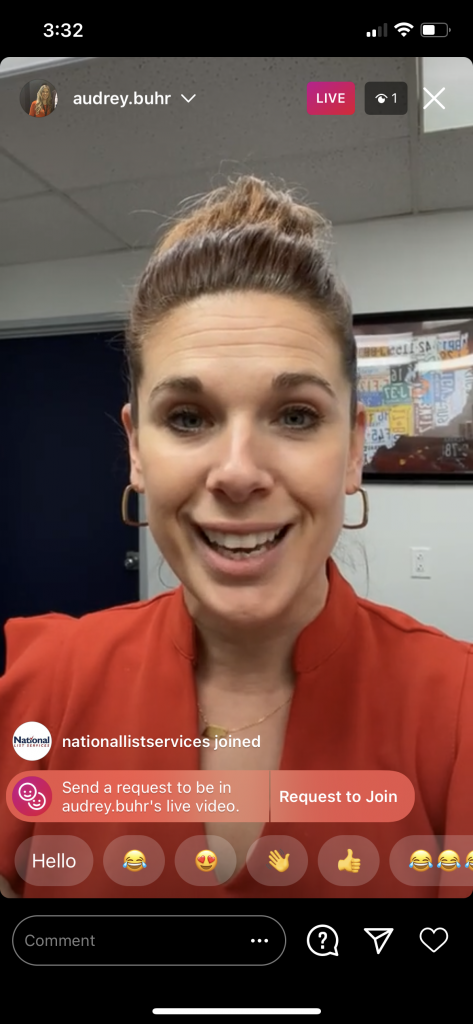
Go Live….
Lives have been popular on just about every platform for years. With the constant increase in content available, have that instant connection with audiences will be even more valuable in 2021.
Purpose driven brands and responsible consumerism….
2020 was defiantly a year for activism and accountability. More and more consumers expect the brands they interact with to uphold their same values. Social Media is the place where you can easily share what your company believes and what you are doing to stand up for your values.
What do you hope to see on social media in 2021?
